Having visited Lake Titicaca from Bolivia several months prior to arriving back in Peru, I was ecstatic that my schedule allowed for enough time to see Lago Titicaca again from the Peruvian side of Puno. Lake Titicaca is of fairytale reputation – pristine blue waters that match the intensity and saturation of the sky, cotton candy clouds, scarcely inhabited islands and traditional cultures and people.

Even now, I can transport back to moments when I was breathing in the crisp cool high altitude air from one of the world’s highest navigable lakes. The Bolivian side was more about exploration on islands and checking out ancient Inca ruins. From the Peruvian side I was about to encounter the Uros people who are famously known for their unique totora reed floating islands.
source: Nomadic Samuel + That Backpacker via Samuel and Audrey YouTube channel
The colourful people (who wear the brightest of attire) were a delight to encounter and the following travel photo essay is a series of some of my favourite photos from this experience:
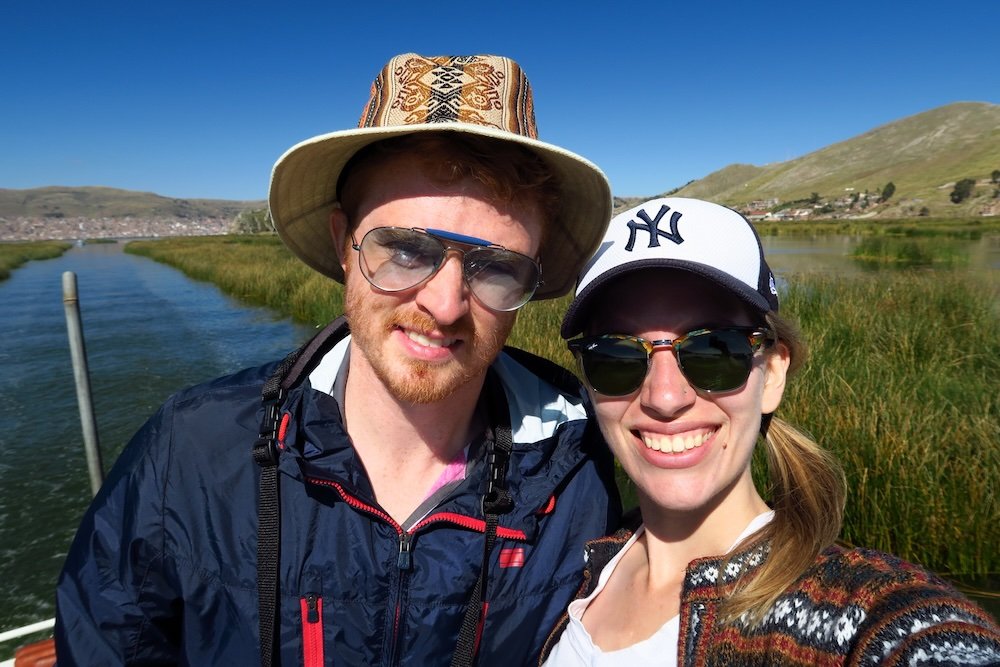
Introduction to the Uros Islands
Among the myriad attractions of Lake Titicaca, the Uros Islands hold a special place for their ingenuity and cultural uniqueness. These islands are not natural formations but are entirely constructed and maintained by the Uros people using layers of totora reeds—a type of aquatic plant abundant in the lake. The reeds are expertly woven and layered to create buoyant platforms, forming the basis of the islands’ infrastructure. This remarkable method of construction allows the Uros to live in harmony with the lake, constantly repairing and expanding their floating homes to accommodate their growing population.
The Uros people have inhabited these floating islands for centuries, preserving a lifestyle that is both sustainable and deeply connected to their environment. Traditionally, the Uros were fishermen and reed farmers, relying on the lake’s resources for sustenance and trade. Their expertise in reed craftsmanship is evident not only in their homes but also in the boats and crafts they produce, showcasing a high level of skill and creativity.
Historically, the Uros developed their unique way of life as a means of protection and survival. By living on these floating islands, they could evade invasions and control their mobility, moving across the lake as needed. This adaptability has allowed them to maintain their cultural identity and autonomy despite the changing political and social landscapes around Lake Titicaca.
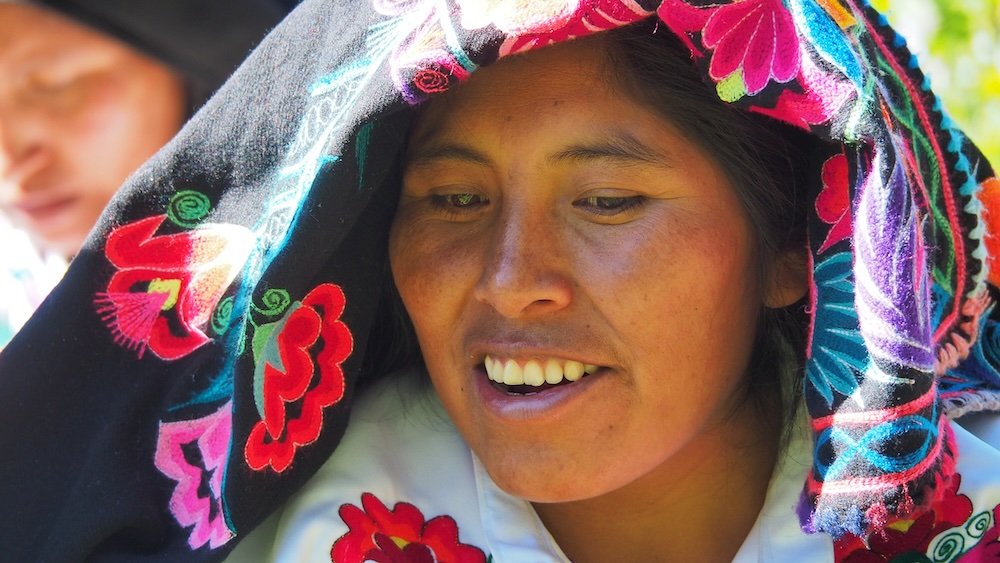
Importance of Visiting the Uros Islands
Visiting the Uros Islands offers a rare and intimate opportunity to engage with an indigenous community that has successfully preserved its traditions in the face of modernization. The cultural and anthropological significance of the Uros cannot be overstated; they embody a living tradition that offers insights into sustainable living practices, community cohesion, and resilience.
Interacting with the Uros people provides travelers with a deeper understanding of their customs, daily routines, and social structures. From participating in reed weaving workshops to sharing meals and stories, visitors can experience firsthand the rich cultural tapestry that defines the Uros way of life. These interactions foster mutual respect and appreciation, highlighting the importance of preserving such unique cultures in our increasingly globalized world.
Moreover, the Uros Islands serve as a poignant reminder of the delicate balance between human habitation and natural resources. The Uros’ reliance on totora reeds underscores the importance of sustainable practices and environmental stewardship, lessons that are increasingly relevant in today’s context of ecological challenges.
In essence, the Uros Islands are not just a tourist destination but a window into a world where tradition and innovation coexist harmoniously. The experience of visiting these floating communities leaves a lasting impression, inspiring visitors to reflect on their own relationship with nature and cultural heritage.
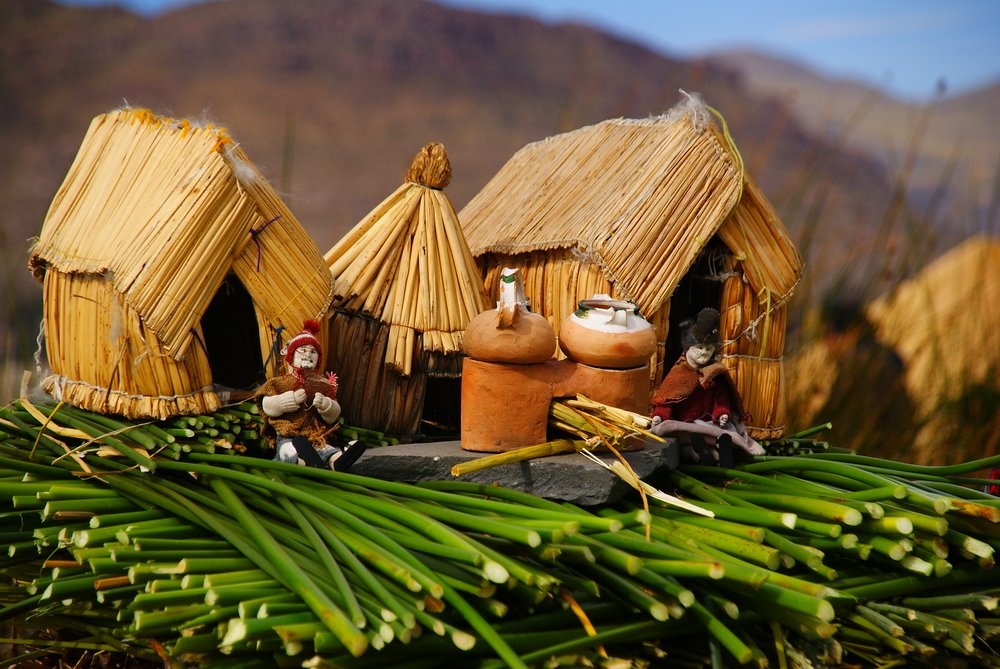
Exploring the Uros Islands
Cultural Highlights
Traditional Lifestyle and Daily Activities of the Uros People
The Uros people lead a lifestyle that is both resilient and harmonious with their aquatic environment. Living on floating islands constructed from totora reeds, the Uros have developed ingenious methods to sustain their communities. Their daily activities revolve around fishing, reed harvesting, and maintaining their floating homes. Fishing remains a vital source of food, with the Uros using traditional techniques passed down through generations. The careful management of resources ensures that the delicate ecosystem of Lake Titicaca remains balanced.
In addition to fishing, the Uros engage in agriculture on their reed platforms, growing crops such as potatoes, quinoa, and maize. This self-sufficiency is a testament to their deep understanding of the lake’s resources and their ability to thrive in a challenging environment. Social life on the Uros Islands is closely knit, with community events, music, and dance playing significant roles in daily life. These activities foster a strong sense of identity and continuity among the Uros people.
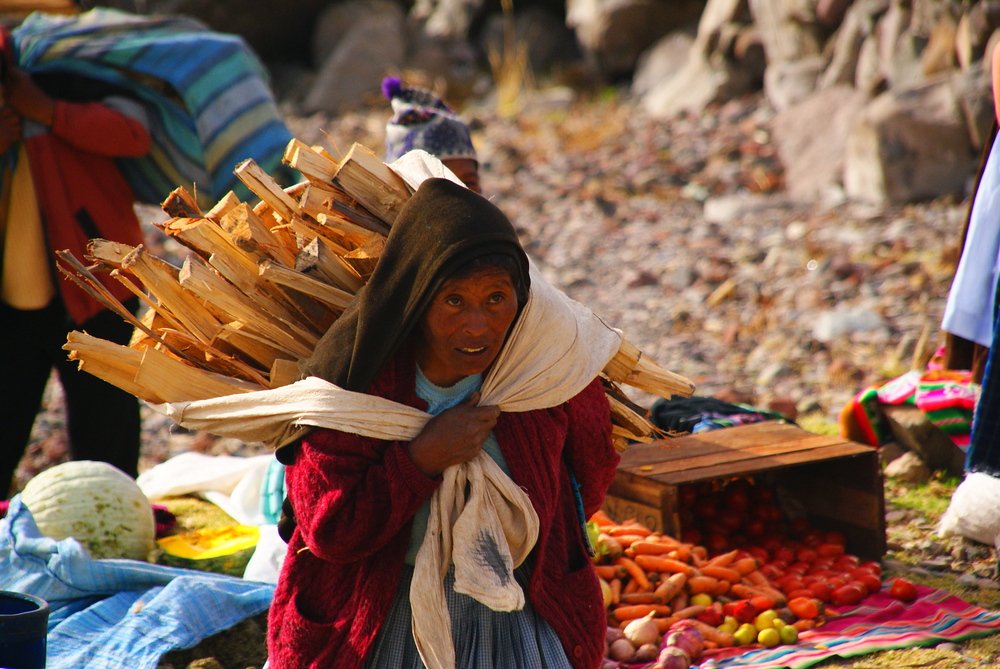
Importance of Totora Reeds in Their Construction and Sustenance
The totora reeds are the cornerstone of Uros life, serving both practical and symbolic purposes. These reeds are harvested from the shallow waters of Lake Titicaca and skillfully woven into dense mats that form the foundation of the floating islands. The durability and buoyancy of totora reeds allow the islands to withstand the lake’s fluctuating water levels and provide a stable platform for homes and community structures.
Beyond construction, totora reeds are integral to the Uros’ sustenance. They are used to create boats, fishing nets, and various household items, demonstrating the reeds’ versatility. The reeds also play a role in the local economy, as they are sold to tourists and other communities, providing an essential source of income. The sustainable harvesting of totora reeds ensures that this vital resource remains plentiful, allowing the Uros to maintain their way of life without depleting the lake’s natural offerings.
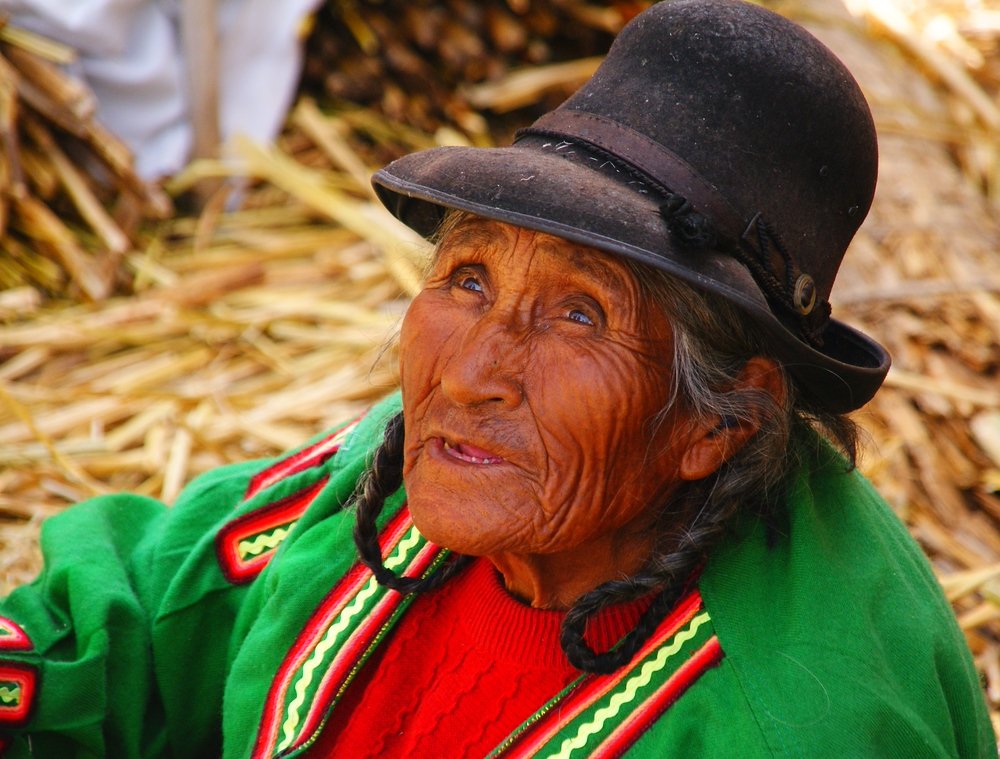
Activities to Do on Uros Islands
Guided Tours and Storytelling Sessions
One of the most enriching ways to explore the Uros Islands is through guided tours led by knowledgeable local guides. These tours offer insights into the Uros’ history, culture, and daily routines, providing a deeper understanding of their unique lifestyle. Storytelling sessions are a highlight of these tours, where elders share tales of their ancestors, myths, and the challenges they have overcome. These narratives not only entertain but also preserve the cultural heritage of the Uros people, making them an essential part of the visitor experience.
Boat Rides and Interaction with Local Artisans
Embarking on a boat ride around the Uros Islands offers a unique perspective of these floating communities. As you glide across the serene waters, you can observe the intricate layout of the islands and the meticulous craftsmanship involved in their construction. These boat rides often include stops where visitors can interact with local artisans, who demonstrate traditional reed weaving techniques and create beautiful handmade crafts. Engaging with these artisans provides a tangible connection to the Uros’ craftsmanship and the artistry embedded in their everyday lives.
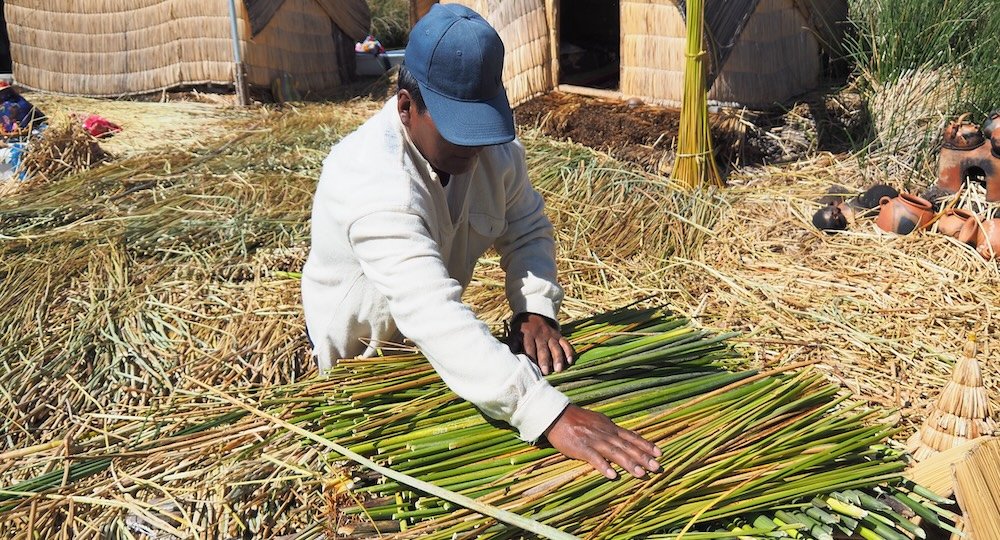
Learning About Traditional Crafts and Reed Weaving
Participating in workshops focused on traditional crafts is a fantastic way to immerse yourself in the Uros culture. These sessions often include hands-on activities such as reed weaving, allowing visitors to create their own small reed items under the guidance of skilled Uros artisans. Learning about the intricacies of reed weaving not only enhances your appreciation for the Uros’ craftsmanship but also supports the preservation of these traditional skills. Additionally, these workshops provide an opportunity to purchase unique souvenirs directly from the creators, ensuring that your visit has a positive economic impact on the community.
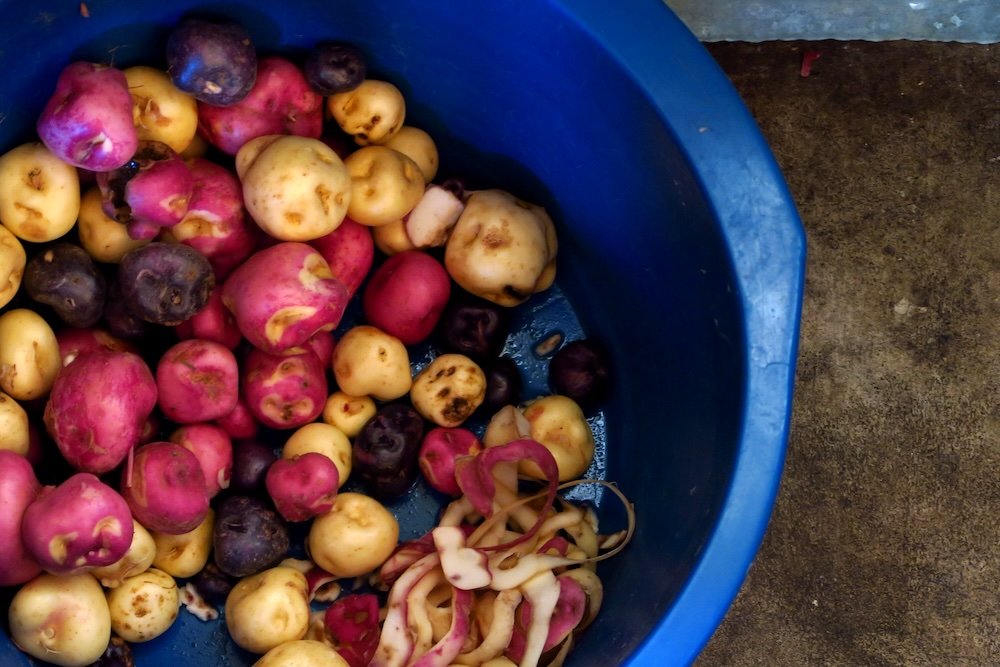
Environmental Considerations
Sustainable Tourism Practices to Preserve the Floating Islands
Sustainable tourism is crucial to preserving the delicate balance of the Uros Islands. Visitors are encouraged to adopt eco-friendly practices such as reducing waste, avoiding single-use plastics, and respecting the natural environment. Supporting local businesses and artisans helps ensure that the economic benefits of tourism are felt within the community, promoting sustainable development. Additionally, being mindful of the Uros’ traditions and way of life fosters mutual respect and minimizes the cultural impact of tourism.
Impact of Climate Change and Tourism on the Uros Way of Life
Climate change poses significant challenges to the Uros people, as rising water levels and extreme weather events can threaten the stability of the floating islands. Sustainable tourism can mitigate some of these impacts by promoting responsible travel practices and raising awareness about the environmental issues facing Lake Titicaca. Moreover, tourism can provide the Uros with the resources needed to adapt to changing conditions, such as investing in reed cultivation and improving infrastructure.
However, increased tourism also brings potential risks, including environmental degradation and cultural dilution. It is essential for both visitors and tour operators to prioritize the protection of the Uros’ environment and heritage. By fostering a respectful and sustainable relationship, tourism can become a force for positive change, helping to preserve the Uros way of life for future generations.
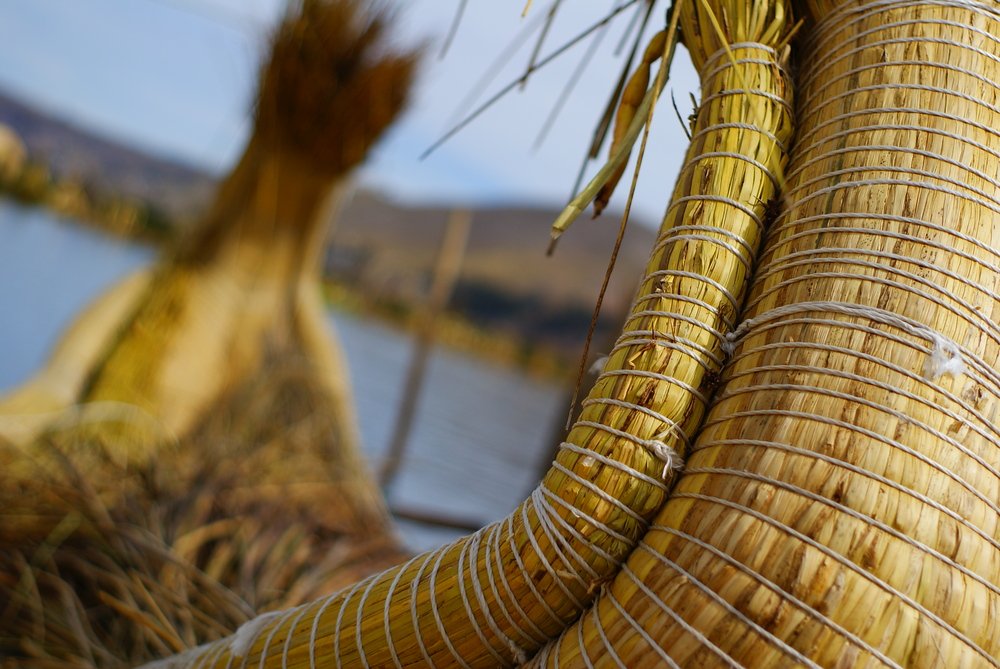
Planning Your Visit To Lake Titicaca
How to Get to Puno, Peru
Transportation Options: Flights, Buses, and Trains
Reaching Puno, the gateway to the Uros Islands, involves navigating Peru’s diverse transportation network. Depending on your starting point and budget, you have several options:
Flights:
- Domestic Flights: The most time-efficient way to reach Puno is by flying. Several airlines operate flights from Lima, Peru’s capital, to Juliaca Airport (the nearest airport to Puno). Airlines such as LATAM and Sky Airline offer multiple daily flights.
- From Cusco: You can also fly from Cusco to Juliaca, though direct flights may be limited. Alternatively, consider flying to Lima and then connecting to Juliaca.
Buses:
- Long-Distance Buses: For budget travelers, taking a bus is a viable option. Companies like Cruz del Sur and Oltursa offer comfortable, overnight buses from Lima to Puno. The journey typically takes around 20 hours, covering approximately 1,500 kilometers.
- From Cusco: Buses from Cusco to Puno are shorter, taking about 10 to 12 hours. This route allows you to enjoy scenic views of the Andean landscape, making the long ride more pleasant.
Trains:
- PeruRail and Inca Rail: While there is no direct train service from Cusco to Puno, you can combine train and bus travel. For example, take a train from Cusco to Juliaca with PeruRail or Inca Rail, and then a short bus or taxi ride to Puno. This combination offers a balance between comfort and efficiency.
Travel Time and Key Connections from Major Cities like Lima and Cusco
From Lima:
- By Air: A flight from Lima to Juliaca takes approximately 1 hour and 30 minutes, followed by a 1-hour drive to Puno.
- By Bus: The overnight bus journey from Lima to Puno takes around 20 hours, covering significant portions of Peru’s diverse terrains.
From Cusco:
- By Air: If available, a direct flight from Cusco to Juliaca takes about 1 hour, with an additional 1-hour transfer to Puno.
- By Bus: An overnight bus from Cusco to Puno takes approximately 10 to 12 hours, offering a more scenic and leisurely travel experience.
Choosing the right transportation depends on your priorities—whether you value speed, comfort, or scenic views. For those with limited time, flights are the best option, while buses and trains offer more economical and immersive travel experiences.
Best Time to Visit
Weather Considerations: Dry Season vs. Rainy Season
Lake Titicaca’s high-altitude climate features distinct dry and rainy seasons, each influencing your travel experience:
Dry Season (May to October):
- Ideal Conditions: This period is considered the best time to visit the Uros Islands. The weather is generally clear and sunny, with minimal rainfall, making it perfect for outdoor activities and boat rides.
- Temperatures: Daytime temperatures range from 15°C to 20°C (59°F to 68°F), while nights can be chilly, especially in June and July.
- Visibility: Clear skies enhance the scenic beauty of the lake and the floating islands, providing excellent opportunities for photography and exploration.
Rainy Season (November to April):
- Lush Scenery: Rain showers bring vibrant greenery to the surrounding landscapes, creating a picturesque environment.
- Fewer Crowds: Tourist numbers drop during the rainy season, offering a more tranquil and intimate experience on the Uros Islands.
- Challenges: Frequent rains can disrupt outdoor activities and make boat rides less predictable. It’s essential to be prepared with waterproof gear and flexible plans.
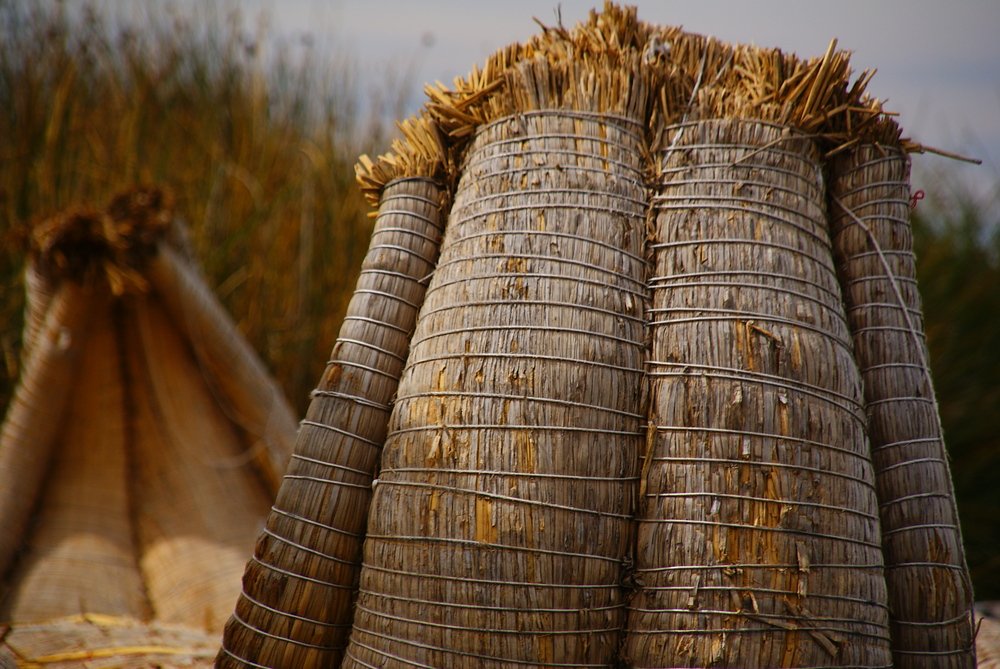
Peak Tourist Seasons and Tips for Avoiding Crowds
Peak Season (June to August):
- High Demand: This coincides with the dry season’s optimal weather, attracting the most visitors.
- Booking in Advance: Accommodations and tours can fill up quickly, so it’s advisable to book well in advance.
- Early Mornings: To avoid the largest crowds, plan to start your day early. Sunrise visits to the Uros Islands are not only less crowded but also offer breathtaking views as the first light hits the floating reeds.
Shoulder Seasons (May and September to October):
- Balanced Experience: These months offer favorable weather with fewer tourists compared to the peak season.
- Flexible Scheduling: You can enjoy the benefits of the dry season while experiencing a more relaxed atmosphere on the islands.
- Promotions and Discounts: Travel during shoulder seasons may also present opportunities for better deals on accommodations and tours.
Low Season (November to April):
- Tranquil Visits: The rainy season brings fewer tourists, allowing for a more peaceful exploration of the Uros Islands.
- Unique Experiences: The lush landscapes and misty mornings add a different dimension to your visit, perfect for those seeking solitude and natural beauty.
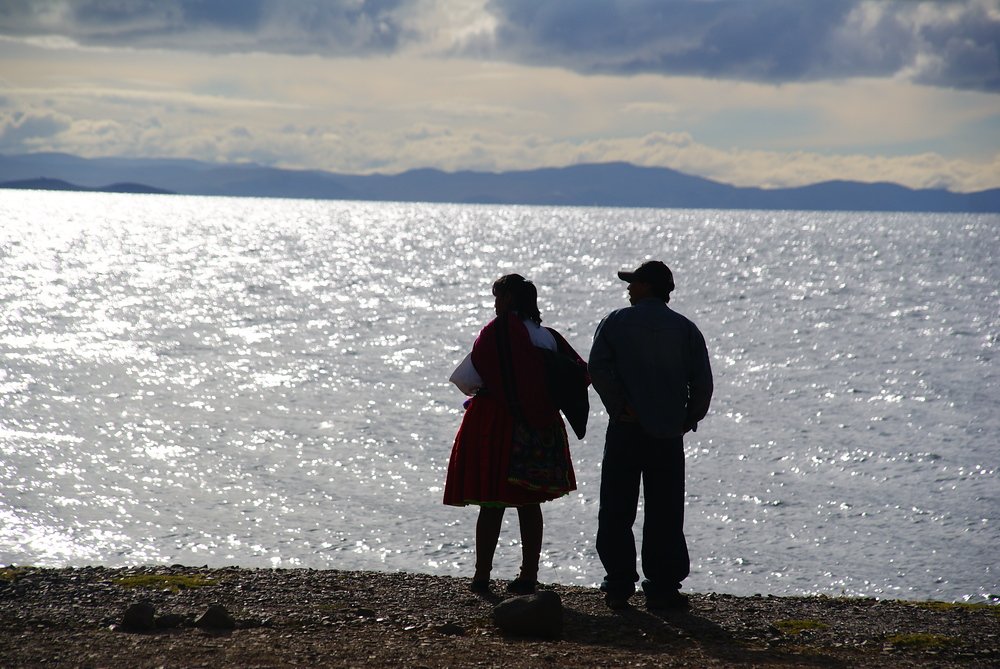
Entry Fees and Permits
Costs Associated with Visiting the Uros Islands
Visiting the Uros Islands is relatively affordable, with costs primarily depending on the type of activities and tours you choose:
- Entry to the Islands: There is no official entry fee to visit the Uros Islands. However, purchasing a small donation for the local community is encouraged to support their livelihoods.
- Boat Rides: Basic boat rides to the Uros Islands typically cost around $5 to $10 USD per person. Prices can vary based on the duration of the trip and the type of boat.
- Guided Tours: Joining a guided tour provides a more comprehensive experience, often including transportation, meals, and informative commentary. Prices range from $20 to $50 USD per person, depending on the tour package.
Information on Guided Tours and Necessary Permits
Guided Tours:
- Local Guides: Hiring a local guide enhances your visit by offering in-depth knowledge about the Uros’ culture, traditions, and history. Guides can be hired independently or through tour operators.
- Group vs. Private Tours: Group tours are more economical and provide a social experience, while private tours offer personalized attention and flexibility in itinerary planning.
- Inclusive Packages: Many guided tours include transportation from Puno, boat transfers to the Uros Islands, meals, and visits to other nearby attractions, such as Taquile or Amantani Islands.
Necessary Permits:
- Tourist Permits: Generally, no special permits are required to visit the Uros Islands. However, it’s essential to verify current regulations as policies can change.
- Responsible Tourism: Ensure that your visit adheres to sustainable tourism practices. Respect local customs, minimize waste, and support the community by purchasing handmade crafts and contributing to local initiatives.
Tip: Booking your guided tour through reputable operators ensures that you receive a well-organized and informative experience while supporting ethical tourism practices that benefit the Uros community.
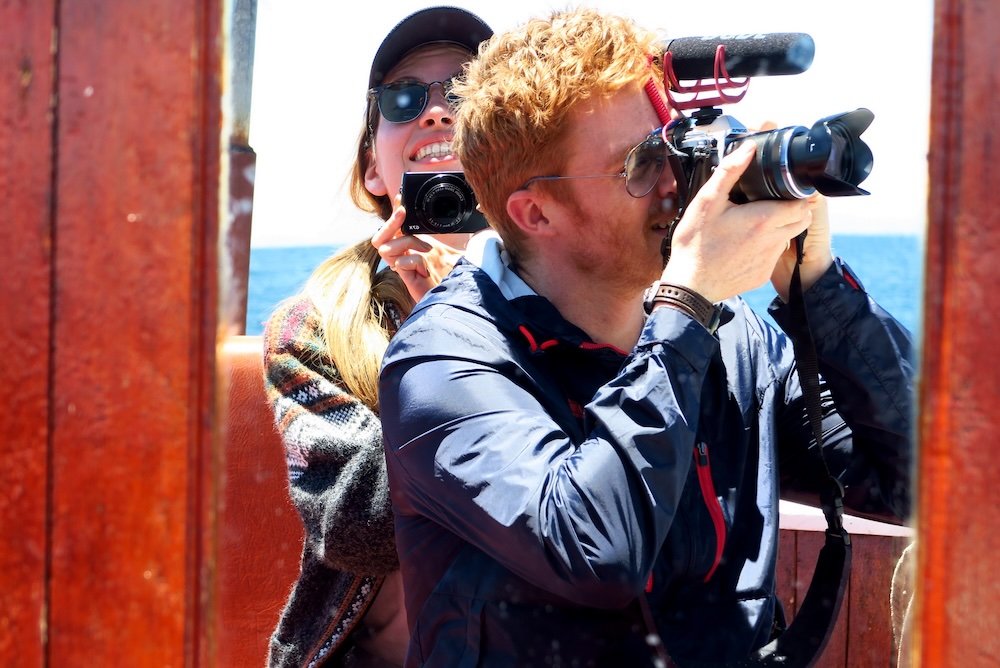
Visiting Lake Titicaca: Practical Tips and Final Thoughts
Embarking on a journey to the Uros Islands on Lake Titicaca offers a unique blend of cultural immersion, natural beauty, and adventurous exploration. To ensure your visit is both enjoyable and respectful, it’s essential to prepare adequately. This section provides practical tips on what to pack, cultural etiquette, safety measures, and final recommendations to help you make the most of your experience.
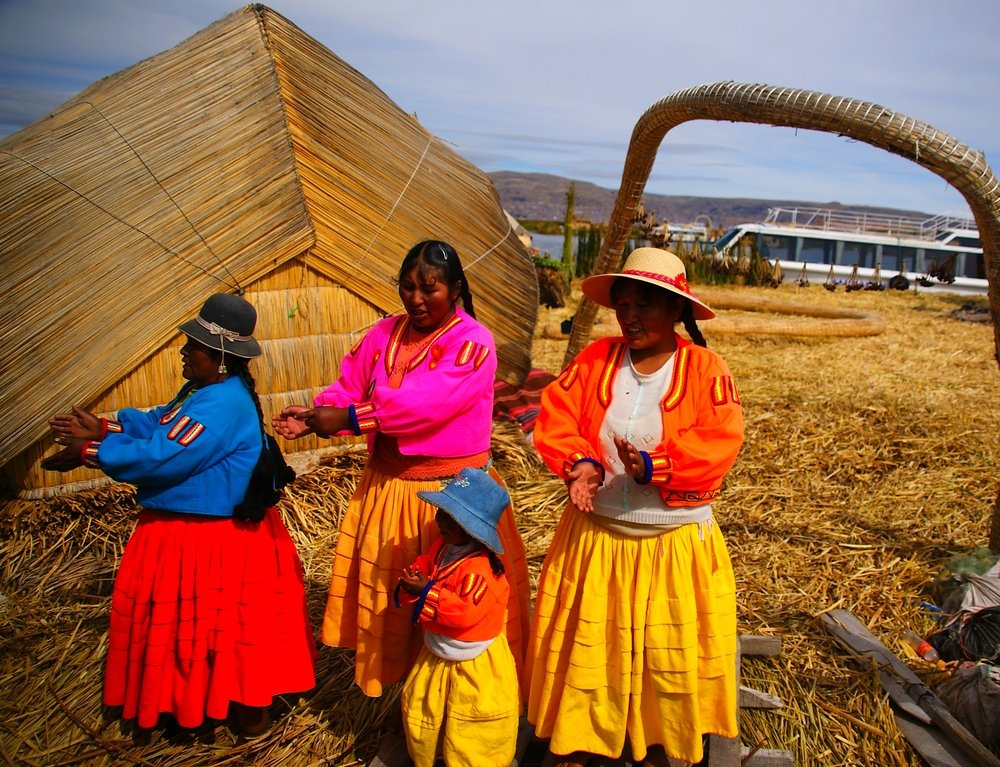
What to Pack for Your Visit
Clothing Recommendations for High-Altitude Weather (Day and Night)
Lake Titicaca sits at an impressive altitude of 3,812 meters (12,507 feet), which means the weather can be unpredictable with significant temperature variations between day and night. Packing appropriately is crucial for your comfort and health.
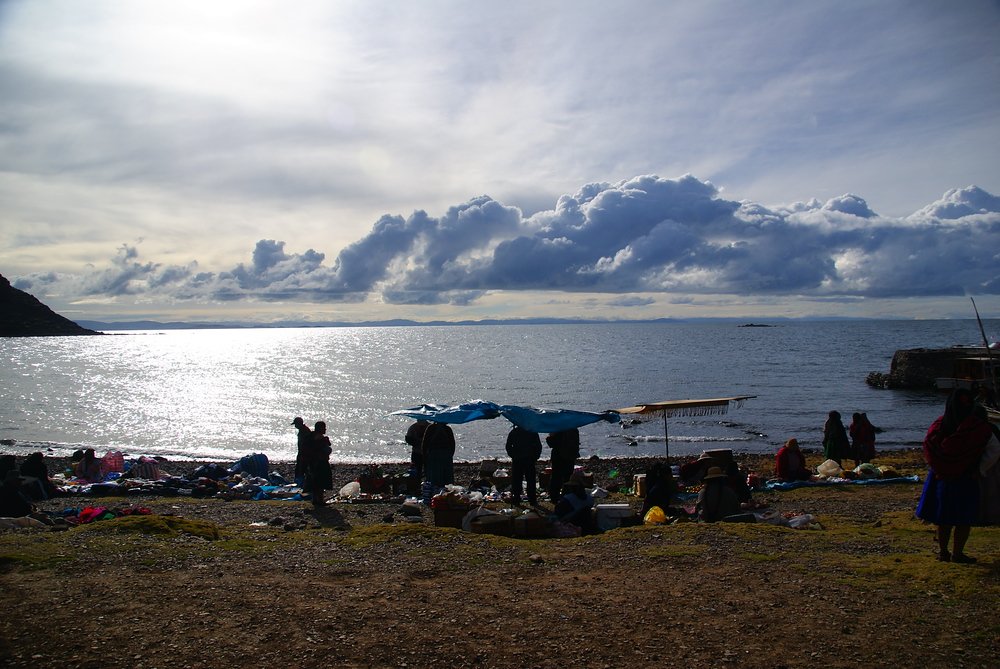
Daytime Attire:
- Layered Clothing: Wear lightweight, breathable fabrics such as cotton or moisture-wicking materials. Layering allows you to adjust to temperature changes throughout the day.
- Long Sleeves and Pants: These not only protect against the intense sun but also guard against insects and rough terrain.
- Sturdy Footwear: Comfortable hiking boots or closed-toe shoes are essential for navigating the uneven surfaces of the floating islands and surrounding areas.
Evening and Nighttime Attire:
- Warm Layers: Nights can be chilly, with temperatures dropping significantly. Pack a fleece jacket or a warm sweater.
- Scarves and Gloves: These can provide extra warmth and are useful during colder months.
- Hat: A beanie or a warm hat helps retain body heat during the cooler evenings.
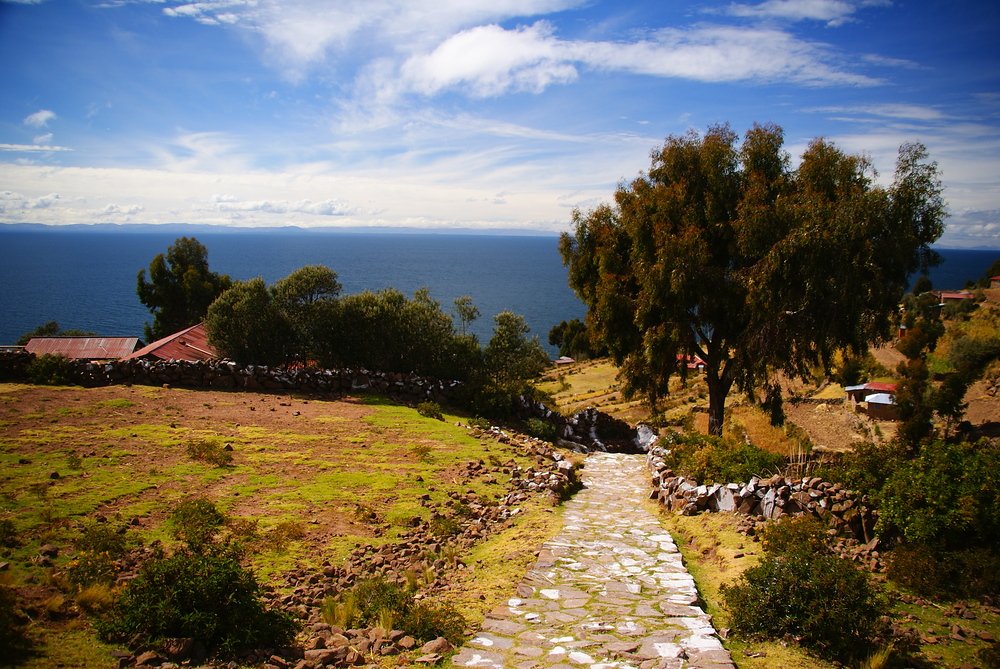
Essential Items
To enhance your comfort and preparedness, ensure you have the following essentials:
- Sunscreen: High SPF sunscreen is vital to protect your skin from the strong UV rays at high altitudes. Reapply regularly throughout the day.
- Wide-Brimmed Hat or Headscarf: These provide additional protection against the sun and can shield your face and neck from harmful UV rays.
- Reusable Water Bottle: Staying hydrated is crucial, especially in high-altitude environments. A durable, refillable bottle helps reduce plastic waste.
- Sunglasses: Quality sunglasses with UV protection safeguard your eyes from glare and protect against the bright sunlight.
- Insect Repellent: Although mosquitoes are not as prevalent at high altitudes, it’s wise to carry repellent to prevent bites from any insects you might encounter.
- Personal Medications: Bring any necessary medications, as pharmacies may not be readily available near the Uros Islands.
- Small Backpack or Daypack: Ideal for carrying your essentials during excursions, allowing you to move freely and comfortably.
Tip: Packing light yet smart ensures you have everything you need without being weighed down, enabling you to explore the Uros Islands with ease and comfort.
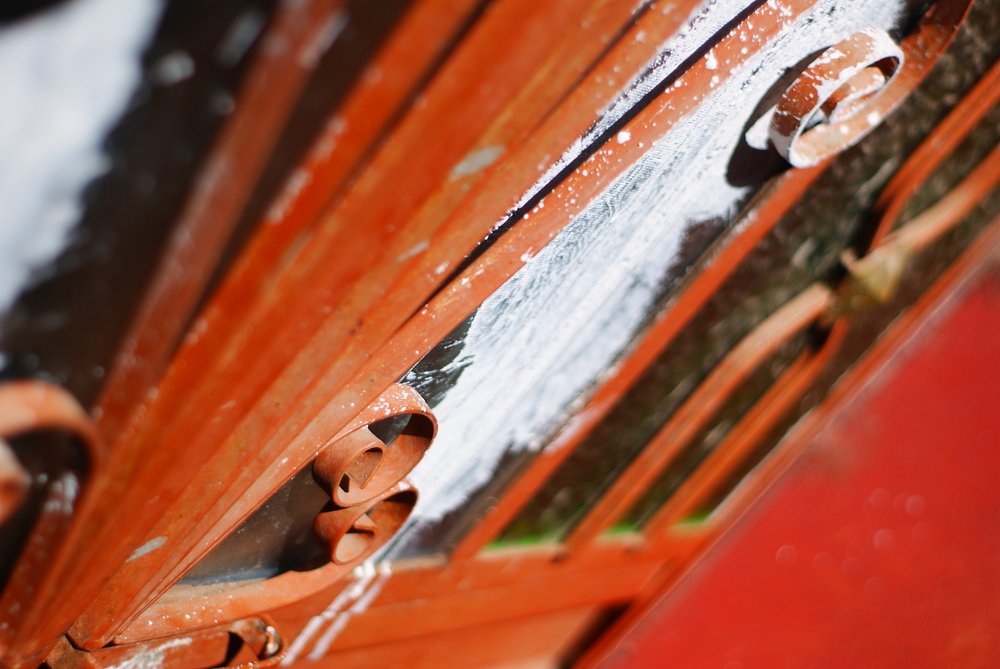
Cultural Etiquette and Safety Tips
Dress Code Considerations and Respectful Behavior Towards Locals
Respecting local customs and traditions is essential for fostering positive interactions and honoring the Uros community’s way of life.
- Modest Clothing: While the Uros are welcoming, it’s respectful to dress modestly. Avoid revealing clothing and opt for attire that covers your shoulders and knees.
- Remove Shoes: It is customary to remove your shoes before entering certain areas or homes. Follow the lead of your hosts and guides.
- Polite Interactions: Greet locals with a friendly smile and a simple greeting such as “Hola” (hello). Showing genuine interest in their culture and traditions is appreciated.
- Photography Etiquette: Always ask for permission before taking photos of people, especially women and elders. Respect their privacy and be mindful of any areas where photography is restricted.
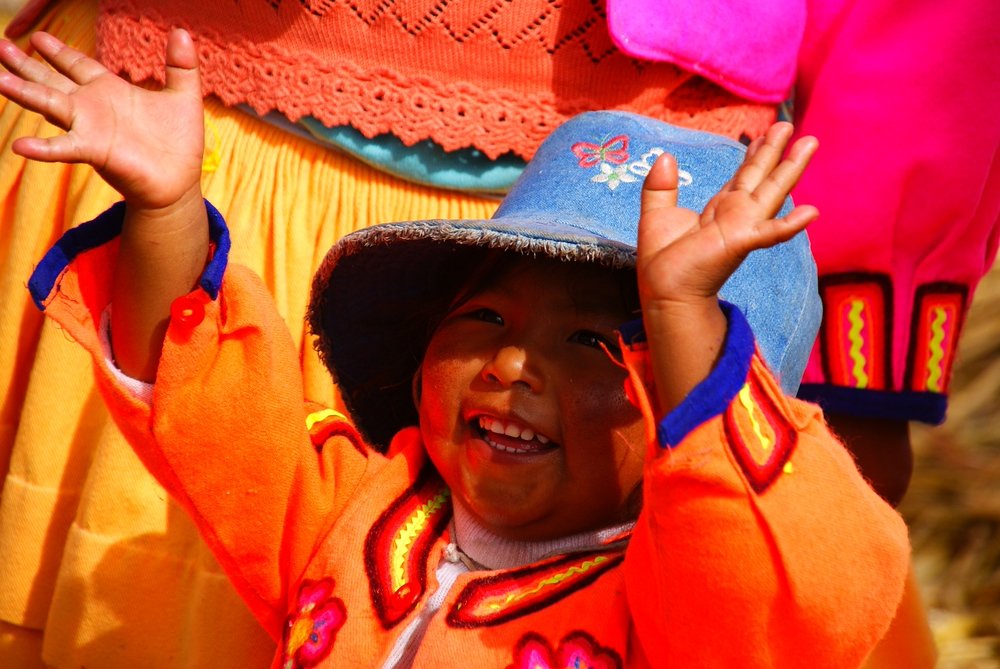
Staying Safe on the Lake and Managing Personal Belongings
Ensuring your safety and safeguarding your belongings allows you to focus on enjoying your visit.
- Stay Hydrated: The high altitude can lead to dehydration. Drink plenty of water throughout the day, even if you don’t feel thirsty.
- Sun Protection: The UV radiation is stronger at higher elevations. Use sunscreen, wear a hat, and seek shade during peak sunlight hours.
- Secure Your Belongings: Use a small, secure bag to keep your valuables safe. Avoid carrying large amounts of cash or unnecessary items.
- Boat Safety: When taking boat rides to the Uros Islands, ensure that the boats are in good condition and that life jackets are available. Follow the instructions of your boat operator for a safe journey.
- Health Precautions: Acclimate to the altitude by taking it easy during your first day. Be aware of the symptoms of altitude sickness, such as headaches, dizziness, and nausea, and seek medical attention if necessary.
Tip: Traveling with a group or hiring a local guide can enhance your safety and provide additional support during your visit.
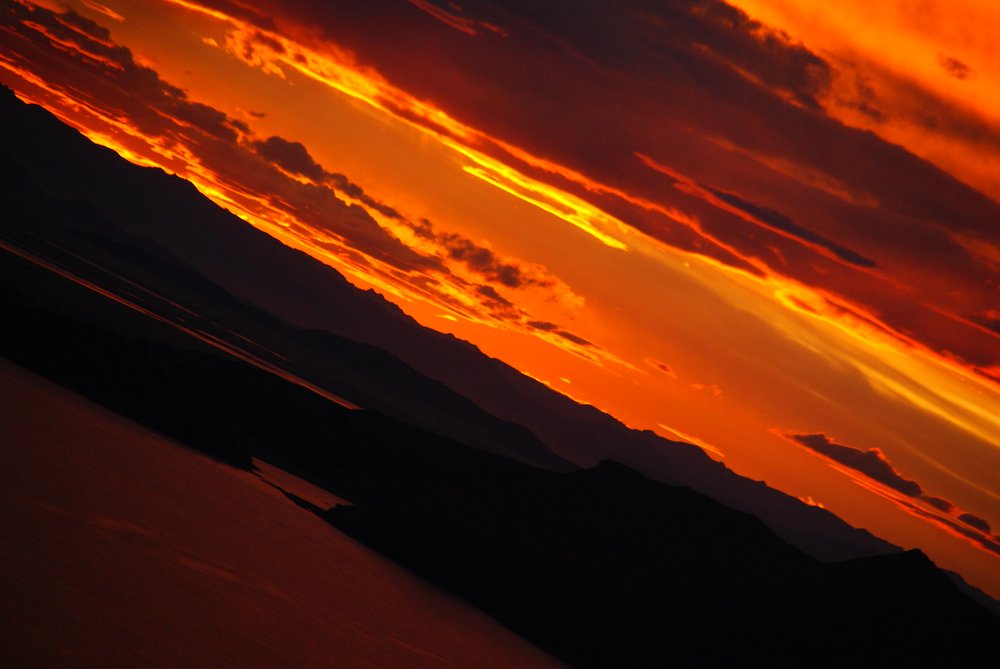
Choosing Your Base in Puno
Let’s be real. Puno isn’t the prettiest city in Peru. Yet it’s a fantastic launchpad for Lake Titicaca. Where you stay in town will shape what your visit feels like – sleepy local neighbourhood, backpacker hub, or quiet lakeside base before and after boat trips.
Best Areas to Stay in Puno
| Area | Vibe | Pros | Cons | Best For |
|---|---|---|---|---|
| Centro Histórico | Busy, compact, walkable | Close to plazas, restaurants, agencies, ATMs | Traffic, noise, occasional late-night music | Short stays, first-time visitors |
| Around Jr. Lima | Backpacker / traveller hub | Many budget options, tour pick-ups, cafes | Tourist prices, less “local” feel | Solo travellers, budget trips |
| Lakeside / Malecón | Quiet, more scenic | Lake views, sunsets, calmer nights | Slightly longer walk/taxi to restaurants & plaza | Couples, sunset lovers, early risers |
| Upper Hillside Zones | Residential, very local | Authentic feel, great views if you’re lucky | Steep streets, altitude hits harder, far from port | Long stays, Spanish speakers |
If you’re visiting mainly for Uros and a couple of classic day trips, staying in or just off the historic centre keeps logistics simple: easy pick-up for tours, quick access to the port, and plenty of places to eat at night.
Types of Accommodation and Typical Nightly Costs
You can go as basic or as comfortable as you like in Puno. Rough prices per room, per night:
| Style | Approx. Price (USD) | What You Can Expect |
|---|---|---|
| Simple hostel / guesthouse | 10–25 | Dorms or basic private rooms, shared bathrooms, sometimes patchy hot water |
| Budget hotel / B&B | 25–45 | Private rooms, private bathroom, decent Wi-Fi, simple breakfast included |
| Midrange hotel | 45–80 | Warmer rooms, better beds, reliable hot water, heating, lake or city views |
| Boutique / higher-end stay | 80–150+ | Larger rooms, better soundproofing, stronger Wi-Fi, sometimes lakefront locations |
For a couple of nights around a Uros visit, that midrange sweet spot (around 45–70 USD) goes a long way in terms of comfort at altitude: thicker duvets, better heating, and hot showers that actually stay hot.
Getting Out on the Water: Tour Options Compared
You’ll see “Uros Tours” advertised on every corner in Puno. The choices can feel overwhelming, but they mostly fall into three categories.
Uros Tour Types at a Glance
| Tour Type | Duration | Approx. Price (USD) | Main Highlights | Best For |
|---|---|---|---|---|
| Half-day Uros | 3–4 hours (AM/PM) | 15–30 | Quick visit, 1–2 islands, intro to reed construction | Tight schedules, budget travellers |
| Full-day Uros + Taquile/Amantani | 8–10 hours | 30–60 | Uros visit plus a second island, local lunch | First-time visitors with 1 spare day |
| Overnight homestay | 24–36 hours | 40–80 | Uros or Amantani/other island stay, meals, activities | Slow travellers, culture-focused |
Prices shift with season and how/where you book. Booking directly in Puno one day in advance often gets better value than booking online months ahead, unless it’s a very tight itinerary.
Half-Day Uros Boat Trip
If you’re short on time or just arrived at altitude, a half-day tour is the gentlest option.
What a typical half-day looks like:
- Morning or afternoon departure from Puno port
- 25–40 minutes by motorboat to the Uros community
- Island welcome, short explanation of how the islands are built
- Free time to wander the reed surface, chat with families, take photos
- Optional ride in a traditional reed boat (often an extra fee)
This is the “hit the highlights” version: good if you’re combining Puno with Machu Picchu and the classic Peru loop and don’t want to overload your schedule.
Full-Day Uros + Taquile or Amantani
With a full-day tour, you get more of Lake Titicaca’s variety.
Common combos:
- Uros + Taquile Island
- Uros + Amantani Island
Expect:
- Early morning departure from Puno
- A short stop at Uros (1–1.5 hours)
- Longer boat ride to the second island (1.5–3 hours)
- A hike with lake views
- Community-run lunch featuring trout, quinoa soup, potatoes, and tea
These longer days feel more balanced: you get the surreal floating islands plus a more traditional, land-based island community.
Overnight Homestays
If you want to move beyond the quick visit and really slow down, a homestay is the way to do that.
You’re usually hosted by a family on Amantani or a lesser-visited community, with:
- Simple rooms with thick blankets
- Shared bathrooms (often basic)
- Home-cooked meals using local produce
- Evening cultural activities such as music or dance
Comfort is basic, but the experience lingers long after you’ve left Peru.
Beyond Uros: Other Lake Titicaca Experiences from Puno
Uros is the headline act, but it’s not the whole story.
Taquile Island
Taquile is famous for its textile traditions and sweeping panoramas.
What to expect:
- A steady uphill walk from the pier (the altitude makes it feel steeper than it is)
- Stone archways, terraced hillsides, and views that seem to go on forever
- A strong community cooperative managing tourism and textile sales
Taquile’s weavers are renowned for their intricate designs. If you’re going to buy a textile anywhere in the region, this is one of the best spots, and your soles support local families directly.
Amantani Island
Amantani feels calmer and more meditative.
Highlights:
- Homestays in family homes
- Short hikes up to hilltop temples (Pachamama and Pachatata) at sunset
- Simple communal meals shared with hosts
It’s a good option if you want more connection and less crowding. A night on Amantani also breaks up the long travel days between Cusco and Bolivia nicely.
Sillustani Funerary Towers
Sillustani sits on the shore of another high-altitude lake and makes for a perfect half-day side trip from Puno.
- Pre-Inca and Inca funerary towers (chullpas)
- Quiet, windswept landscape with big-sky views
- Often combined with airport transfers to/from Juliaca
If you’re into archaeology or you just want a break from boats and waves, Sillustani is a great add-on.
Viewpoints and Walks in and Around Puno
On days when you don’t want a full tour, you can still stretch your legs:
- Lakeside walk along the malecón at sunset
- Climb up to a mirador for a bird’s-eye view of town and lake
- Explore local markets for snacks, fruit, and everyday life scenes
Puno isn’t polished, but it’s very real, and that’s part of its charm.
Sample Lake Titicaca Itineraries from Puno
Sometimes it helps to see how everything fits together in actual days.
1-Day Lake Titicaca Hit-List (Uros Focus)
Perfect if you’re tight on time.
- Early morning: Breakfast in Puno, stroll to the port
- Mid-morning: Half-day boat trip to Uros (guided)
- Lunch: Back in Puno, eat near the port or plaza
- Afternoon: Visit a viewpoint in town or relax lakeside
- Evening: Dinner and early night to help with altitude
You meet the Uros community, see the reeds up close, and still have breathing room in your schedule.
2-Day Classic Combo (Uros + One More Highlight)
Day 1
- Morning: Travel day into Puno, check into your lodging
- Afternoon: Short Uros tour to get a feel for the lake
- Evening: Sleep early, hydrate, let your body adjust
Day 2
Option A – Taquile Island:
- Early departure, full-day trip to Taquile
- Lunch on the island, walk through villages, visit textiles cooperative
Option B – Sillustani:
- Slow start, coffee and breakfast
- Afternoon tour to Sillustani towers and lake
You get Uros plus either a cultural island day or an archaeological afternoon.
3-Day Slow Lake Experience (With Homestay)
Day 1
- Arrive in Puno, wander central streets, acclimatize
- Book tours locally for best prices and flexibility
- Early night with lots of water and light dinner
Day 2
- Morning boat to Uros and onward to Amantani or another community
- Lunch with host family
- Afternoon hike to a viewpoint
- Evening cultural activity, stargazing if the sky is clear
Day 3
- Breakfast with family
- Return boat via Taquile or direct back to Puno (depending on tour)
- Final evening in Puno for a celebratory meal and hot drink
This rhythm gives your body time to adapt and your mind time to fully absorb the pace of life on the lake.
Budgeting for Lake Titicaca and Puno
Costs add up gradually: boats, homestays, warm layers you didn’t plan on buying. A rough daily breakdown helps keep surprises to a minimum.
Typical Daily Costs (Per Person)
| Budget Level | Bed (USD) | Food (USD) | Activities (USD) | Local Transport (USD) | Total / Day (USD) |
|---|---|---|---|---|---|
| Shoestring | 10–15 | 8–12 | 10–25 | 2–4 | 30–50 |
| Midrange | 20–40 | 15–25 | 20–40 | 4–8 | 60–100 |
| Comfortable | 50–90 | 25–40 | 30–60 | 6–12 | 110–180 |
A few money tips:
- Cash is still king on the islands. Bring small bills in soles.
- Tours are often cheaper when booked in person in Puno rather than online.
- Tipping is appreciated but not mandatory; small tips for boat crew and guides go a long way.
- Keep a little “emergency cushion” in case you decide to upgrade to a homestay or add another island at the last minute.
What a Homestay on the Lake Really Feels Like
If you’ve never stayed in a family home at altitude, it helps to know what you’re signing up for.
Rooms, Facilities, and Comfort
- Rooms are usually simple: a bed or two, thick blankets, sometimes a hot water bottle on cold nights.
- Expect limited or no heating; layers are your best friend.
- Bathrooms can be shared, and hot water may be limited or scheduled.
- Electricity is often available in the evenings; charging your phone and camera is possible but don’t count on endless sockets.
It’s not about luxury. It’s about sharing everyday life, even just for a night.
Food and Mealtimes
Meals are usually home-cooked and hearty:
- Breakfast: bread, jam, tea or coffee, sometimes eggs
- Lunch: soup, potatoes, rice, vegetables, and trout or other fish
- Dinner: similar to lunch, often lighter but filling
Let your hosts or guide know in advance if you’re vegetarian or have allergies. They’re typically happy to adapt, but they need a bit of notice because everything is brought in with effort.
Cultural Activities and Expectations
You might be invited to:
- Join in an evening music session
- Wear traditional clothing for a dance
- Help with simple tasks such as preparing a meal or bringing in reeds
You’re not obliged to say yes to everything, but leaning into the experience makes the stay more meaningful for both you and your hosts.
Small gestures you can bring:
- Postcards or photos from your home country
- Simple school supplies for kids (if recommended by your operator)
- A few phrases of Spanish or local language learned in advance
Practical Mistakes to Avoid on Lake Titicaca
A few common missteps are easy to dodge with a bit of foresight.
Going From Sea Level to 3,800 m Overnight and Overdoing It
Arriving from Lima and sprinting straight onto a boat tour the same day is tempting. It’s also rough on the body.
- Build at least a half-day buffer for acclimatization if possible.
- Take the first afternoon slow: light walk, lots of water, no heavy meals or alcohol.
Underestimating the Sun and Cold at the Same Time
Lake Titicaca is that strange combo of strong daytime sun and biting wind.
- Wear sunscreen even when it’s cool or cloudy.
- Pack a light windproof layer for the boat; shade plus wind equals a surprising chill.
- A buff or scarf is handy for both sun and cold.
Not Bringing Enough Cash to the Islands
Card machines are rare to non-existent out on the water.
- Bring enough soles for snacks, crafts, and optional reed boat rides.
- Keep your money in a small pouch or zipped pocket while moving around on the floating islands.
Treating the Visit Like a Human Zoo
The Uros communities are real homes, not a floating theme park.
- Ask before taking close-up photos.
- Listen more than you speak.
- Support the community by buying crafts or paying fairly for additional boat rides instead of aggressive bargaining.
Lake Titicaca & Uros Islands: Essential Questions, Real Answers & Down-to-Earth Tips
Are the Uros floating islands from Puno actually worth visiting or is it too touristy?
It depends. The Uros floating islands are definitely on the tourist trail and you’ll feel that as soon as the boat docks, but stepping onto a reed island in the middle of Lake Titicaca is still a pretty unique experience. If you choose a smaller group tour, listen to the stories the families share, and buy a craft or two directly from the people hosting you, the visit feels more like an exchange than a show. If you only have one day on the lake, I’d still include Uros, but I’d pair it with Taquile or a homestay so you also see a quieter, more traditional side of Titicaca.
How many days should I spend in Puno and on Lake Titicaca?
Honestly, two to three nights is the sweet spot for most travellers. With just one full day you can do a half-day Uros tour and still wander around Puno or visit a viewpoint. With two full days you can add Taquile, Amantani or Sillustani and not feel rushed. If you plan to do a homestay, I’d aim for at least three nights total so you’re not sprinting straight from an overnight bus to a boat while your body is still adjusting to the altitude.
When is the best time of year to visit Lake Titicaca and the Uros Islands from Puno?
Generally, the best window is the dry season from about May to October, when skies are clearer, rain is rare, and boat rides are more predictable. Days are sunny and cool, nights are cold, and the light over the lake is gorgeous. June to August is the busiest period, so expect more tour groups and higher demand for rooms. Shoulder months like May, September and October usually give you a nice balance of good weather and fewer crowds. The rainy season from November to April brings greener hillsides and quieter islands, but you need to be flexible as showers and choppy water can disrupt outings.
Will I get altitude sickness at Lake Titicaca and how can I reduce the chances?
Maybe. Puno and Lake Titicaca sit at around 3,800 metres, so your body really feels it if you’ve just come from sea level. Common symptoms include headaches, shortness of breath on stairs, poor sleep and mild nausea. To give yourself the best shot, travel up gradually if you can (for example via Arequipa or Cusco), drink lots of water, take it easy on your first day, and skip alcohol and heavy meals at the start. Local remedies like coca tea can take the edge off, but if you know you struggle with altitude, speak with a doctor at home about medication options before you fly.
Is it safe to travel to Puno and take boat tours to the Uros Islands?
Generally, yes. Puno feels like a typical Andean city: a bit chaotic in places but fine if you use standard big-city common sense. The main issues travellers report are petty theft and the odd pushy tout rather than serious crime. On the lake, stick to established tour operators, make sure there are enough life jackets on the boat, and avoid overloaded vessels. I keep valuables in a money belt or zipped daypack, avoid walking around with flashy gear late at night, and double-check local news or advisories if there have been recent protests or strikes in the region.
What’s the most ethical way to visit the Uros Islands and support local communities?
Respectfully. That means choosing tours that clearly work with local families, paying fair prices instead of hardcore haggling, and buying crafts directly from the people who made them. Ask before taking close-up photos, especially of kids and elders, and remember that you’re stepping into someone’s home, not a floating theme park. Smaller group or community-based tours tend to spread the income more fairly. If something feels uncomfortably staged, you can still engage kindly, listen to stories, and support the families hosting you instead of treating the visit like a box-ticking stop.
How much should I budget per day in Puno for Lake Titicaca tours, food and accommodation?
As a rough guide, budget travellers can get by on about 40–60 USD per day, midrange folks on 70–110 USD, and comfort-focused travellers on 120–180 USD or so. On top of your bed for the night, factor in at least one tour (from a half-day Uros outing to more expensive full-day or homestay options), restaurant meals in town, snacks, and taxis to and from the port. It’s also smart to keep a bit extra set aside in case you decide to upgrade to an overnight island stay or add another tour once you see how beautiful the lake is in person.
Should I book my Uros Islands tour in advance or wait until I arrive in Puno?
Both approaches can work. Booking ahead makes sense if you’re travelling in peak season, have very limited time, or want a specific style of tour, such as an overnight homestay or private boat. Waiting until you arrive in Puno often means more flexibility and sometimes better prices, since there are agencies on every other corner and many hotels can bundle a tour with your stay. What I usually do is book my first night’s accommodation in Puno in advance, then ask the hotel or a trusted local agency to organise the actual lake tours once I’ve arrived and checked the weather.
What’s the difference between Uros, Taquile and Amantani, and which one should I choose?
Think of them as three very different experiences. Uros is all about the floating reed islands and the engineering behind them; it’s the most touristy but also the most unusual. Taquile is a hilltop island with strong textile traditions, stone paths and big open views, ideal for a day trip with some light hiking. Amantani is slower and more homestay-focused, where you’re likely to sleep in a family home, eat local food and hike up to sunset viewpoints. If you only have one day, Uros plus Taquile is a classic combo. If you’ve got more time and want deeper connection, choose a homestay that includes Amantani.
Is Lake Titicaca a good destination for kids and older travellers?
Absolutely. The lake itself, the boat rides and the colourful clothing on the islands are fascinating for kids, and older travellers often love the slower pace and fresh air. The two things to watch are altitude and mobility. Steps up piers, uneven reed surfaces and basic toilets can be tricky if someone has balance or knee issues. I’d avoid cramming in a big hike on the same day you arrive, book slightly more comfortable boats and accommodation, and be honest with your tour operator about mobility needs so they can suggest suitable islands and routes.
Will the floating islands feel wobbly or make me seasick?
Not really. The reed islands have a bit of bounce underfoot, especially near the edges, but they’re surprisingly stable because they’re anchored and built in thick layers. If you’re prone to motion sickness, you’re more likely to feel it on the motorboat ride across the lake than on the islands themselves. Sitting near the middle of the boat, looking at the horizon and avoiding reading usually does the trick. Once you’re standing on the reeds, it feels more like walking on a very firm sponge than being on a rocking raft.
What should I pack specifically for a day trip or overnight stay on Lake Titicaca?
Layers, layers, layers. You’ll want a sun hat, sunglasses, high-SPF sunscreen, and a light long-sleeve top for daytime, plus a warm fleece, beanie and maybe gloves for the ride back when the wind picks up. Comfortable closed shoes are best for the boat and islands. For overnights, add a small torch or headlamp, basic toiletries, any medications you need, a power bank for your phone, and enough cash in small bills for textiles, snacks and tips. A reusable water bottle is essential at altitude, and I always toss in a buff or scarf that works for both sun and wind.
What are Lake Titicaca homestays really like in terms of comfort and facilities?
Simple, but memorable. Rooms are usually basic but cosy, with thick blankets on the beds and maybe a hot water bottle on colder nights. Expect limited heating, shared bathrooms and sometimes lukewarm or scheduled hot water. Electricity can be patchy, and Wi-Fi is rare once you’re out on the islands. On the flip side, meals are home-cooked, the stars are insanely bright, and you get to see everyday life up close. If you go in with realistic expectations and bring warm layers and a sense of humour, a homestay can be one of the highlights of your time in Peru.
Can vegetarians or vegans find decent food on Lake Titicaca tours and homestays?
Yes. Traditional meals often revolve around potatoes, quinoa, rice, vegetables and trout, so it’s usually easy for hosts to leave out the fish or meat and keep everything else. Vegans need to be a bit clearer, as eggs, cheese or milk may be added by default. The key is to tell your tour agency and your hosts well before mealtimes so they can plan around what’s available on the island. I like to carry a few extra snacks such as nuts, dried fruit or energy bars, just in case the options are a bit repetitive or lighter than I’m used to.
Is it realistic to visit both the Peruvian and Bolivian sides of Lake Titicaca on one trip?
Absolutely. Many travellers combine Puno on the Peruvian side with Copacabana and the islands near there on the Bolivian side. The overland journey usually involves a bus or minibus and a border crossing, so it becomes a full travel day, but it fits nicely into a longer Peru–Bolivia itinerary. The main thing is to keep an eye on current visa rules, border opening hours and any local disruptions, because those can change. If you build in a buffer day and avoid booking tight onward connections the same day as your border crossing, it’s a very doable and rewarding combo.
Do I need to speak Spanish to visit Puno and the Uros Islands?
Nope. You can absolutely visit with only basic phrases, especially if you book tours through agencies that advertise English-speaking guides. That said, even a little Spanish goes a long way once you’re dealing with taxis, markets and families on the islands. Simple phrases for greetings, thanks, prices and food preferences open doors and make interactions warmer. I’d download an offline translation app, learn a handful of phrases before you go, and then not stress about having perfect grammar – people appreciate the effort more than anything.
Final Recommendations and Resources
Inspiring Readers to Include the Uros Islands in Their Travel Itinerary
The Uros Islands offer a unique and enriching experience that goes beyond typical tourist attractions. By visiting these floating communities, you immerse yourself in a living tradition that has thrived for centuries. The blend of cultural authenticity, environmental ingenuity, and personal interaction makes the Uros Islands a standout destination on Lake Titicaca. Whether you’re a cultural enthusiast, an adventurous traveler, or someone seeking a peaceful retreat, the Uros Islands promise a memorable and meaningful journey.
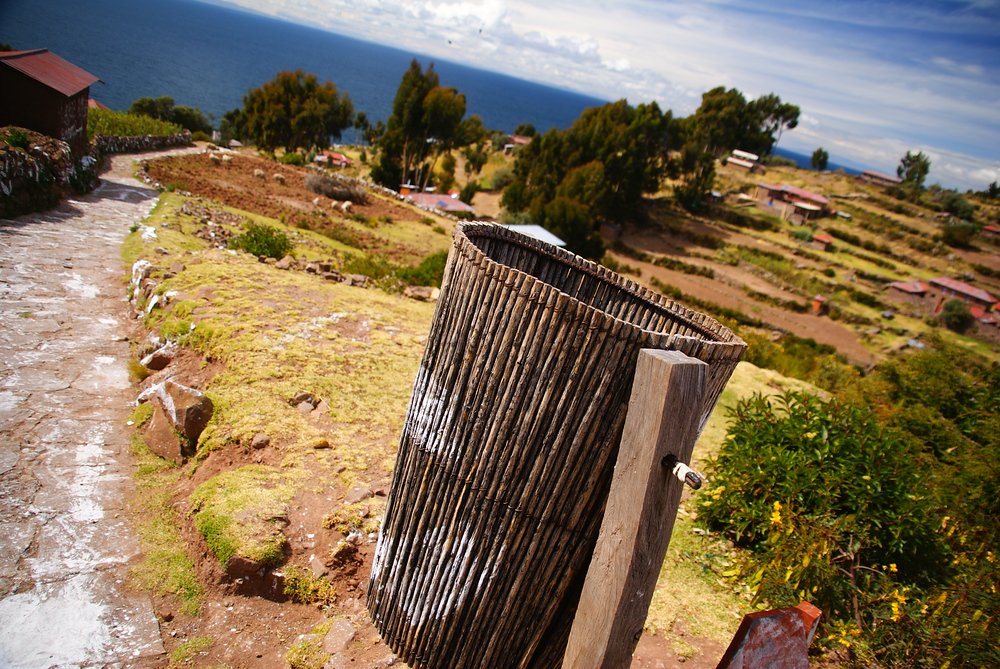
Useful Resources for Further Planning (Websites, Guidebooks, Apps)
To help you plan your visit effectively, here are some valuable resources:
- Official Tourism Websites:
- Peru.travel: Comprehensive information on Puno, Lake Titicaca, and the Uros Islands.
- Guidebooks:
- Lonely Planet Peru: Offers extensive coverage of Puno, Lake Titicaca, and the Uros Islands with practical tips and maps.
- Insight Guides Lake Titicaca: Provides in-depth information on the region’s history, culture, and attractions.
- Travel Apps:
- Maps.me: Offline maps that are useful for navigating Puno and the Uros Islands without internet access.
- TripAdvisor: For reviews and recommendations on tours, accommodations, and dining options.
- Local Tour Operators:
- Gray Line Peru: Offers a variety of tours to the Uros Islands, including boat rides and cultural experiences.
- Chaski Travel: Specializes in personalized tours and can arrange private excursions to the Uros Islands.
Tip: Research and book your accommodations and tours in advance, especially during peak seasons, to ensure availability and secure the best rates.




What stunning photos! I was confused about my visit to the floating islands, finding it too much of a tourist gimmick, but looking back on the visit through these photos certainly captures the beauty and mystery of their lifestyle.
Thanks Ellen, it’s a fascinating place to visit.
What vibrant colours. You’ve really captured the soul of the inhabitants, fab shots Samuel. We’re looking forward to exploring South America and I think you’ve just ensured we take a trip to visit Lake Titicaca! Thanks!
These are sooo beautiful. Brings back such good memories of our time on Lake Titicaca. I love the juxtaposition of the colorful outfits with the tan colored reeds.
I enjoyed reading your article on Peru and viewing these nice images.
Absolutely stunning photography. Makes me want to hop a plane and experience it for myself. Thanks so much for sharing.
Thanks Kristy!
I hope you’ll get the opportunity to do that soon. I definitely highly recommend it 🙂
WOW Sam — these photos are absolutely stunning! I had to pick up my jaw from the floor
Thanks Maria! 🙂 I’d looooove to go back again soon!
What a beautiful photo essay! These photos are dynamic and say a lot about the culture. Definitely on my bucket list now!
Thanks Megan! I think it’s a great addition to your list 🙂
Beautiful!! So much color and character!
Thank you very much! Certainly some colourful characters here 🙂
I suddenly remembered the “Mercedes Benz”, did they mention that to you too? I reckon they do to all tourists. Had fun chatting with the Uros people. One woman stroke my hair the whole time we were talking. She prolly digs long, shiny Asian black hair. Haha.
Hahaha…that’s fascinating. My hair has been an object of attention but that’s more when I’m in Asia. It’s even worse with my freckles…lol
So colorful! I remember seeing this lake on a map as a kid and immaturely laughing. (I’m still immaturely laughing now)
LOL, it’s still a funny joke for me as well 🙂
Killer Photo’s Sam!
I didn’t know about the people or the islands they made. Thanks so much for sharing!
Thanks Shaun!
It’s such a cool place to visit 🙂
Went there last year and found the floating islands fascinating, even if I did feel that the whole thing was put on for show a bit too much. But it was a great photo opportunity for sure: )
It definitely was a bit of a show Jarmo 😛 Did you visit any other islands?
Beautiful photos! I love the close up of the boat
Thanks Jade! Those boats are quite fascinating 🙂
I love that first photo.
Thanks Stephanie!
I clicked through to your post after seeing the first photograph – what fantastic colours! Amazing photographs Sam, well done!
Thanks Marianne!
I’ve never seen people wear such bright colours before. It was an amazing experience.
Ahhhh! These photos are soooo luscious!!!
Thank you Lillie! 🙂
Beautiful photos Samuel! Maybe they are putting up a show for tourists but still it’s beautiful to see so many colors. I love the scenery overlooking Lake Titicaca. I can feel the fresh air just by looking at that photo.
Thanks Shamis! They do put up a show for the tourists but I feel they’re still quite sincere. I’d love to go back soon 🙂
Wow, some seriously awesome photos in this collection! I love all the vibrant colors.
Thanks Amanda! I can’t forget the colours of these people 🙂
Gorgeous photos Samuel – the colours are absolutely stunning, Peru is definitely on the list now!
Thanks Fiona!
A lot of people associate Peru with Machu Picchu – and that’s fair enough – but there is a lot of other places to discover as well 🙂
I love those brilliant colors of their skirts.
The placed seemed really good to visit. People looks friendly!
Thanks Donna!
The colours reflecting in the water are what I remember the most 🙂
Wondefully colourful captures Samuel, really great stuff!
Thanks Laurence! I’d like to see the photos you’d capture from here.
Wonderful photography – especially the detail and of course the faces 🙂
Thanks Natasha! I had a great time 🙂
Beautiful shots! My favorite is with the old lady of course! I’ve never made it to the lake when I was in Peru earlier this year. Should’ve planned better.. 🙁
Thank you! That’s too bad you didn’t get a chance to go; however, it’s the places you miss that give you a great excuse to go back someday 🙂
Fantastic pictures, you caught spirit and colors beautifully.
Thanks Angela! Quite possibly the most colourful people I’ve ever met.
Looking forward to visiting this place in a couple of weeks – beautiful pictures!
Ah, that’s great! If you get a chance I recommend checking it out from both sides 🙂
Really colourful! I did the standard 2 days 1 night excursion from the Peruvian side years ago and wondered if people put up a show just for the tourists. Hope to check out from Bolivia now. 🙂
I did a very similar tour as you. I think they do put up a show for the tourist but I still found the way they live quite fascinating. From the Bolivian side I recommend checking out Islas del sol for great walking tours of the island.